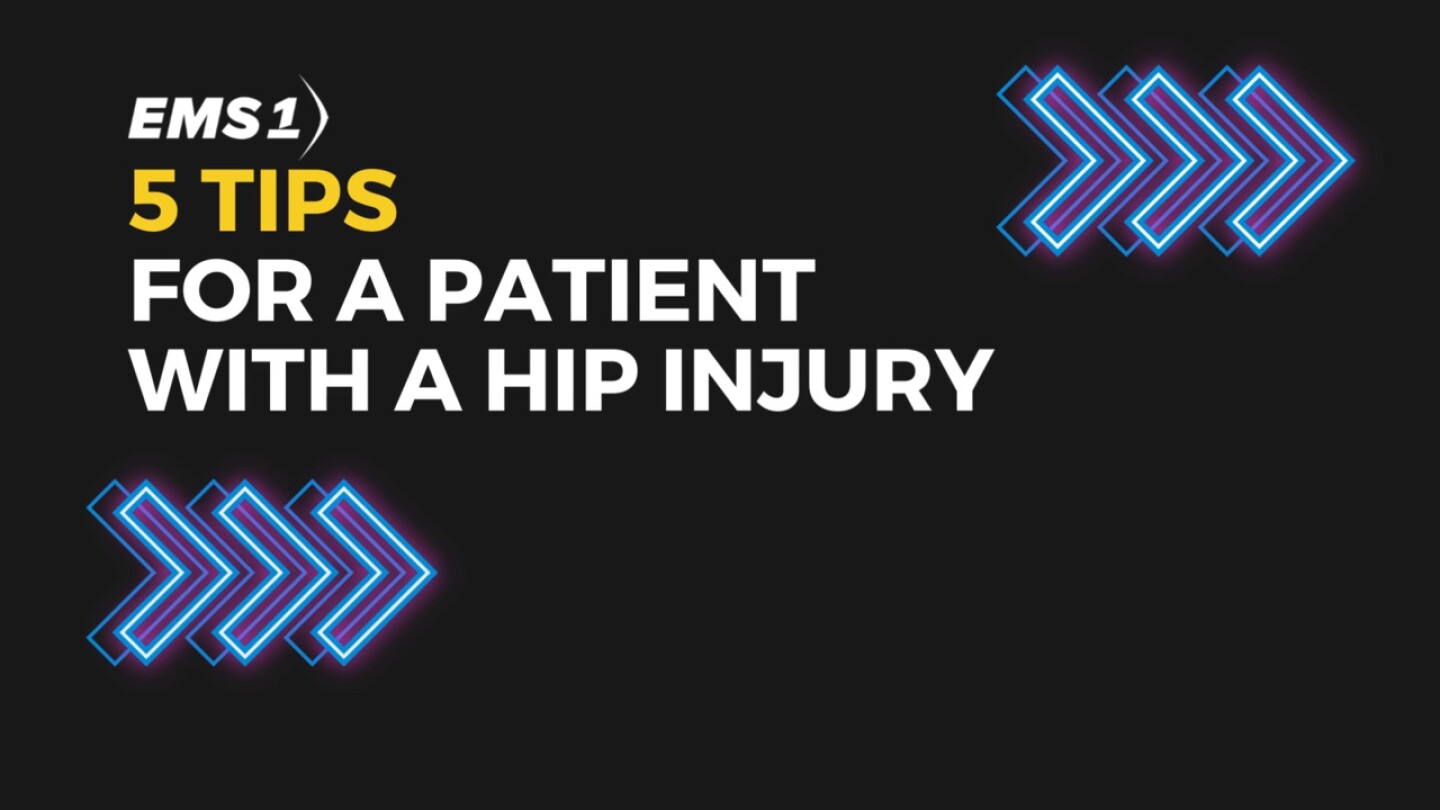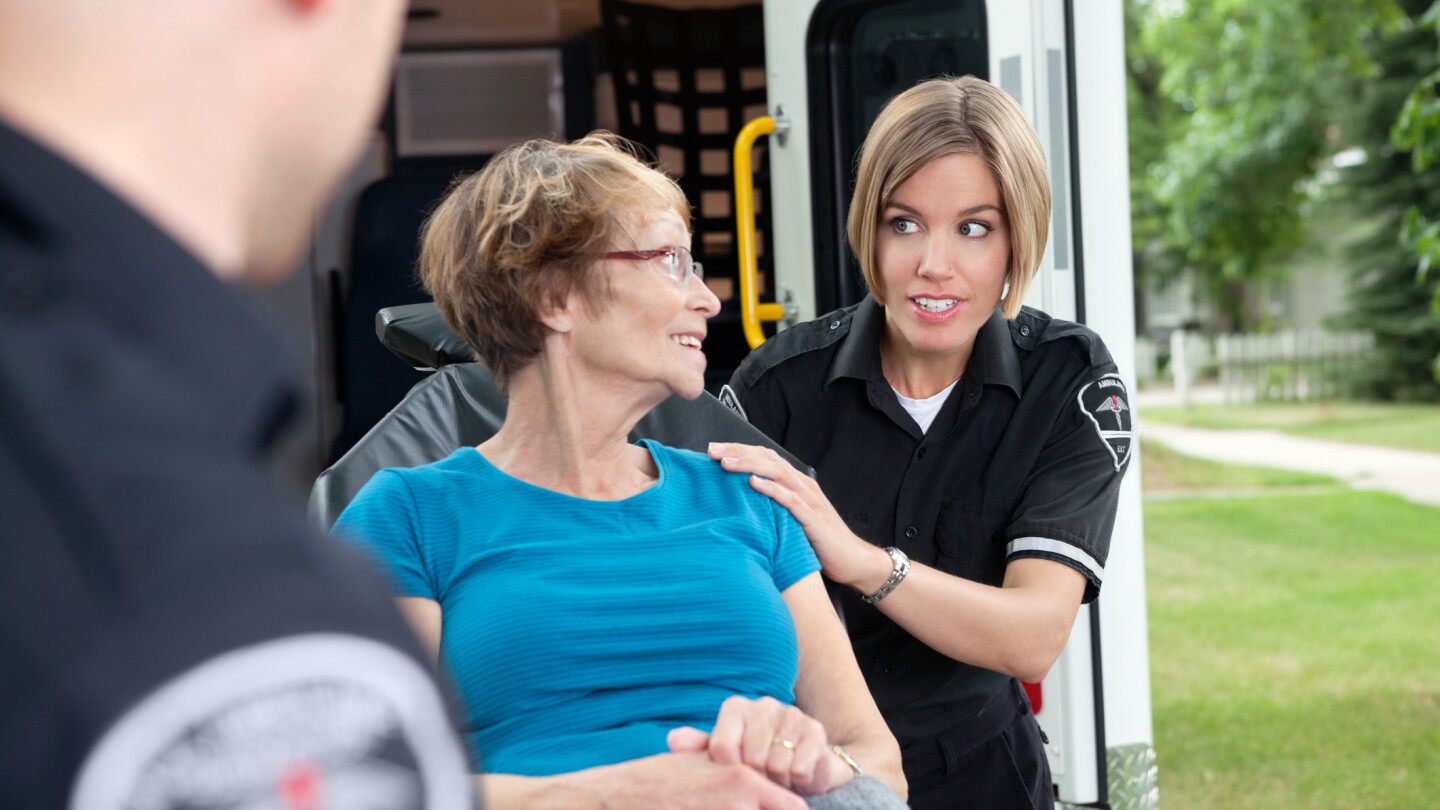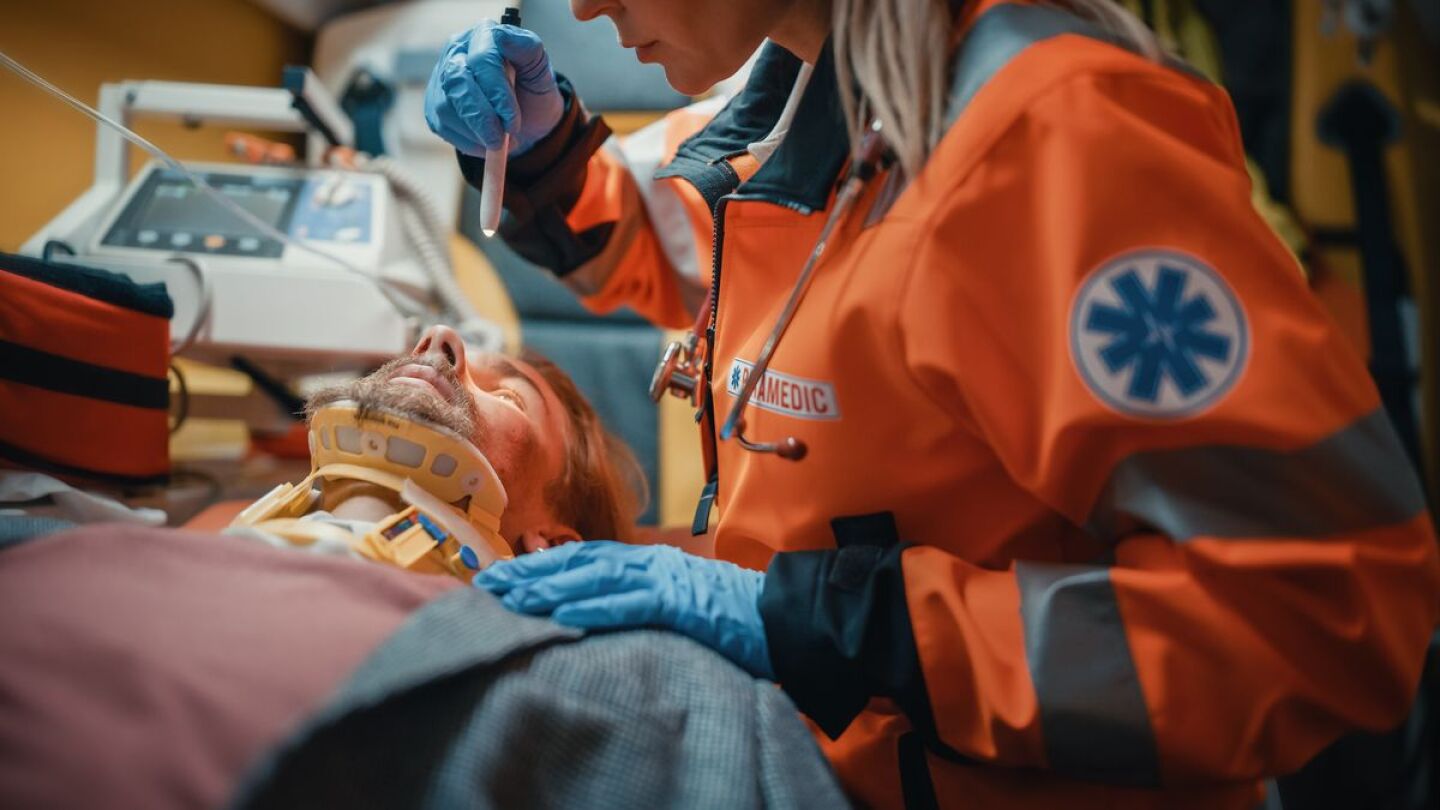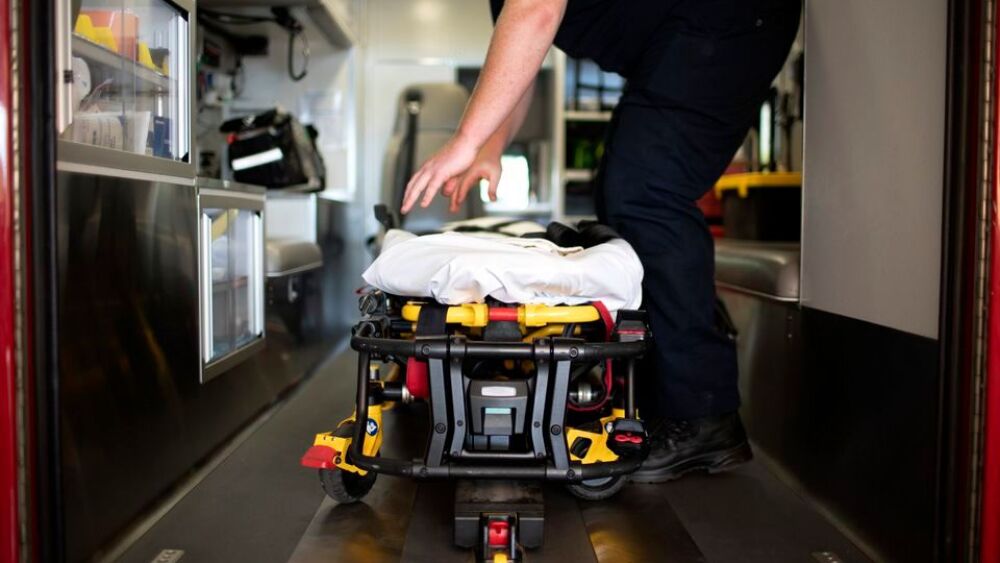Geriatric
Follow these tips when responding to a patient with a suspected hip fracture
Unique considerations for responding to emergencies involving individuals with special needs
Nine interactive scenarios designed to enhance your understanding of seizures, strokes and common acute patient presentations
First responders to work on campaigns to prevent falls and reduce distracted driving by teens
Wis. EMS, police, and fire responders learning different approaches for seniors suffering from dementia
These five strategies can help fire/EMS get seniors into safe hands
Thom Dick, a paramedic, caregiver and advocate for patients and providers, discusses his more than 40 years in EMS
Remember that the most important patient is always the one in front of you
Understanding the differences can lead to more precise prehospital treatment of patients with diabetes
A careful and thorough EMS stroke assessment can make a difference in ED management
Consider many causes for ‘general weakness’ in a patient with a complex medical history, including the possibility of sepsis
Taking patient history for elderly patients can reveal actual hunger or risk factors for going hungry
‘An elderly woman steps out of the car, and just from the worried look on her face, I can tell that she has a problem ...’
Injury prevention, especially of geriatric falls, is an important responsibility for EMS providers
Patient with history of CABG has tachyarrhythmia and elevated troponin and wants to leave the hospital against medical advice
What’s your assessment and care for a patient who has tachyarrhythmia, an abnormal EKG and elevated troponin?
What’s your assessment and care for a patient who has a heart rate in 30s and needs a ride to her cardiologist’s office?
MOST POPULAR
- Ore. fire, EMS personnel swamped by calls for routine care from senior homes
- Nursing home calls strain Ohio city’s EMS capacity
- Q&A: Thom Dick on what it takes to be a caregiver and lifesaver
- $4M lawsuit says 92-year-old died after EMS crew dropped her on sidewalk
- Ala. paramedic spearheads effort to help struggling veteran













